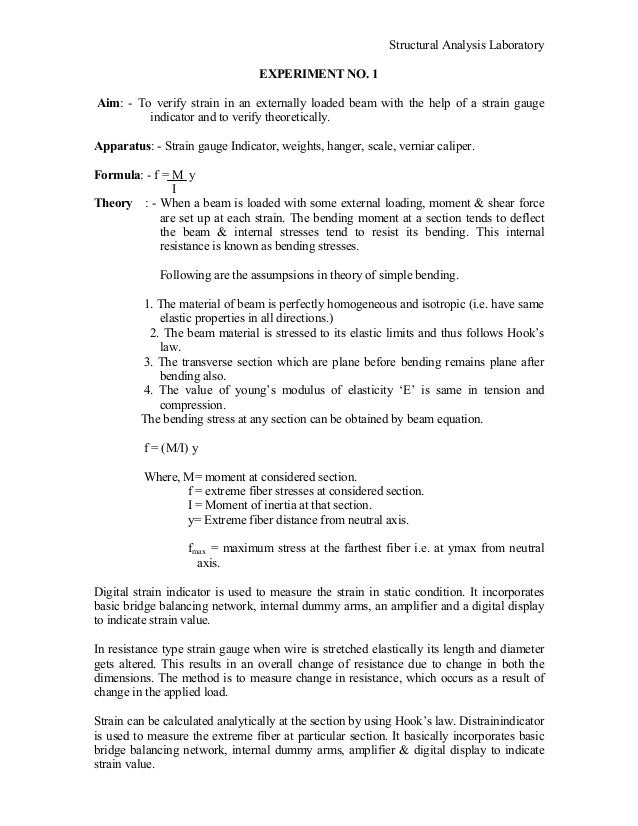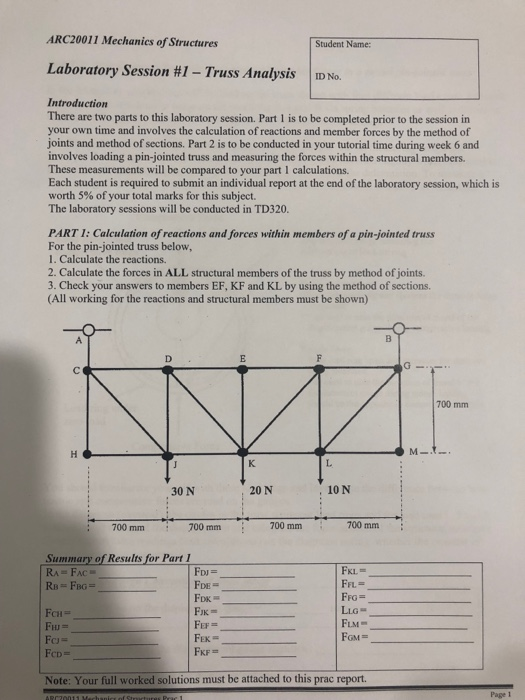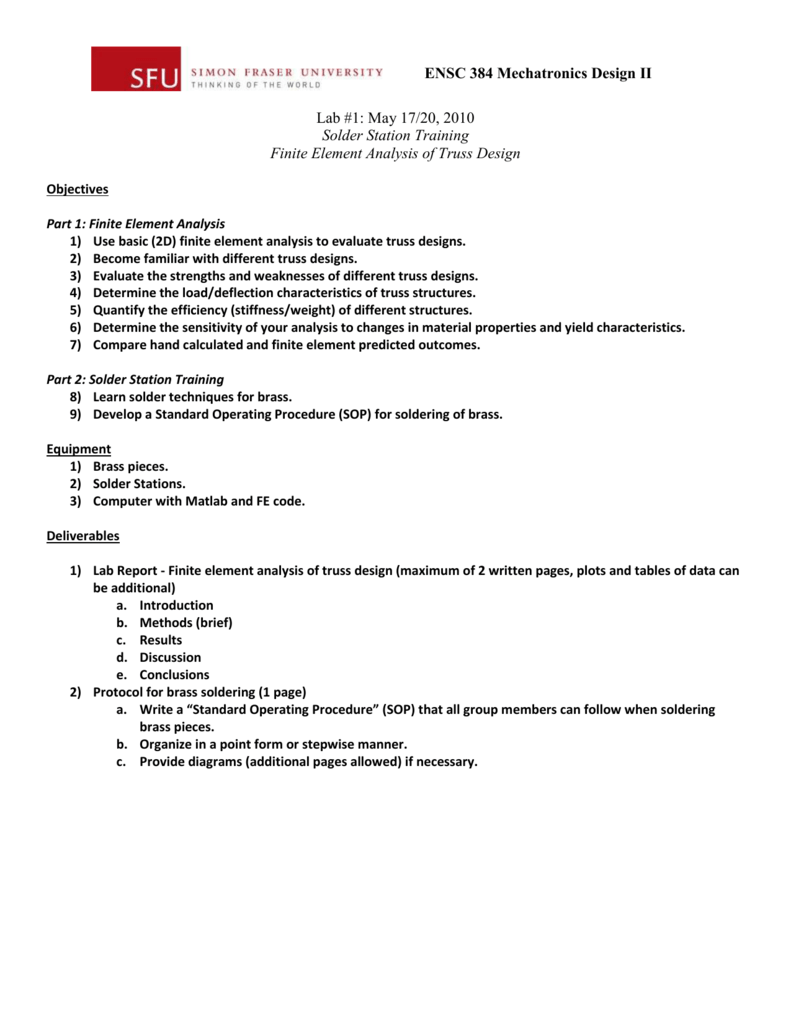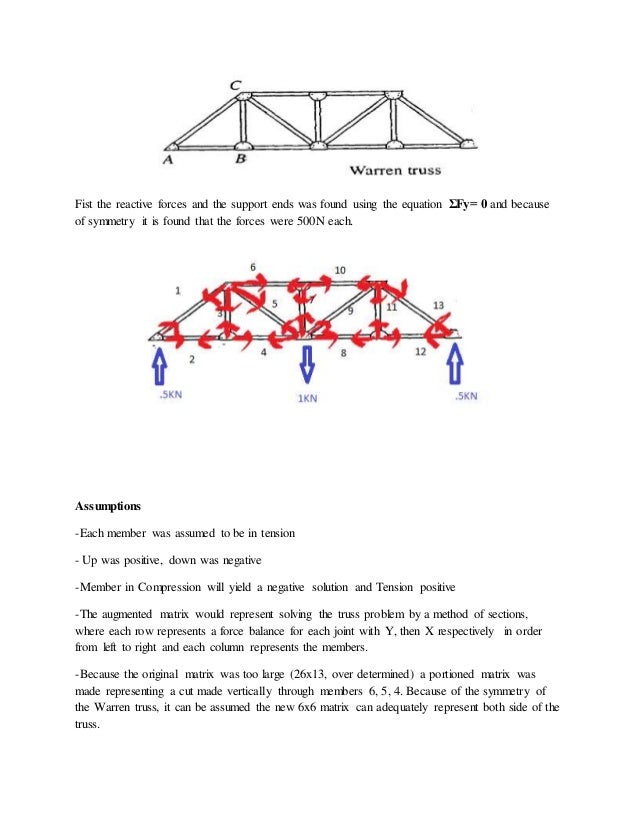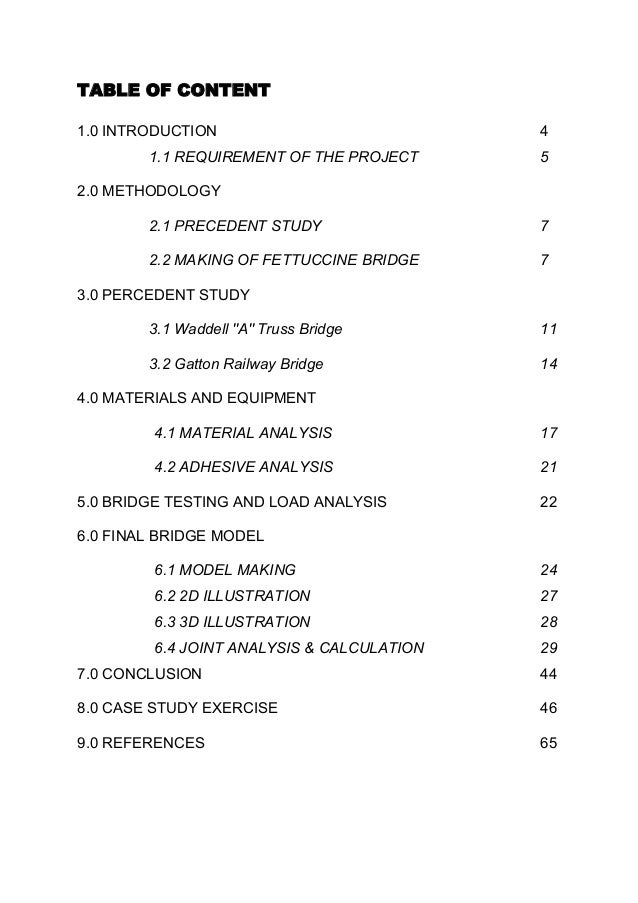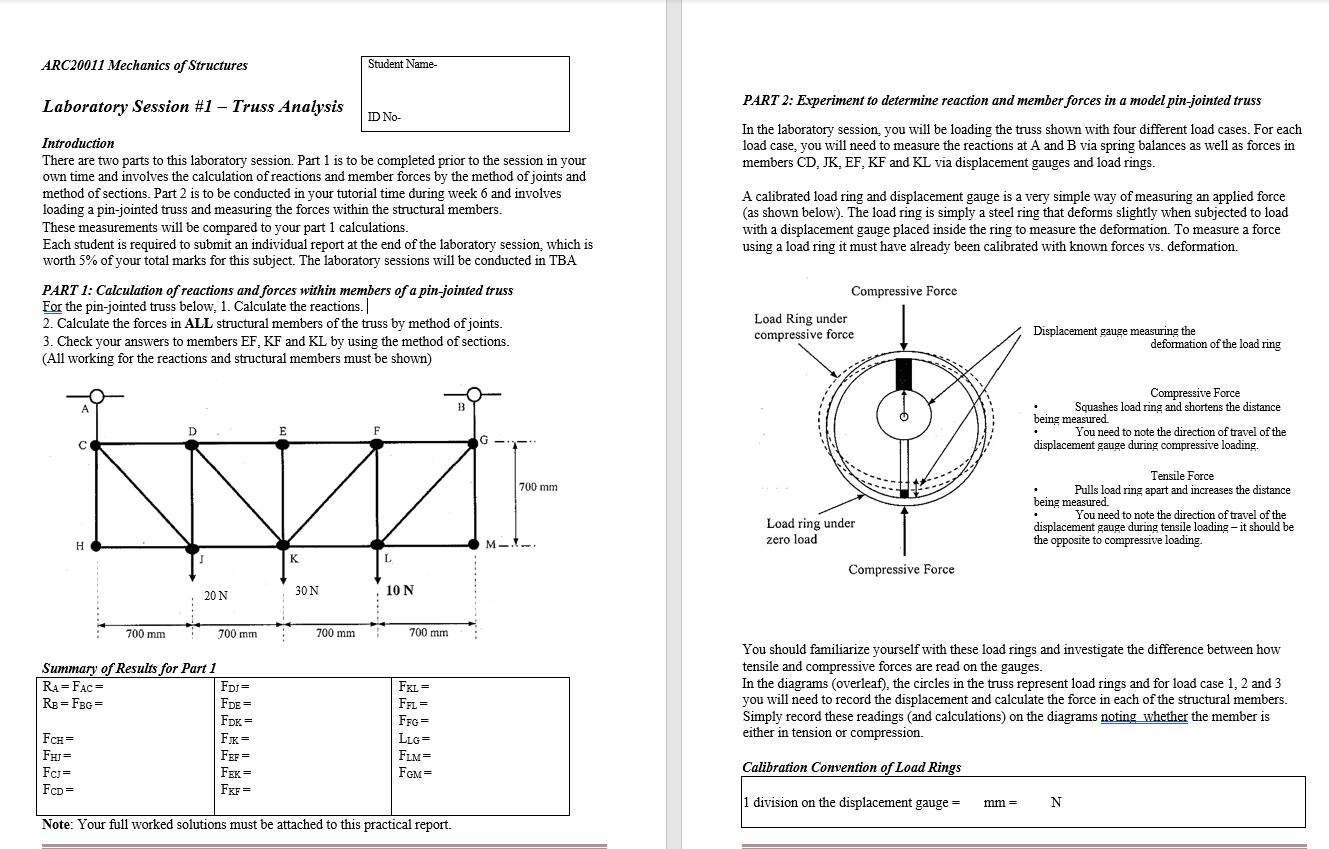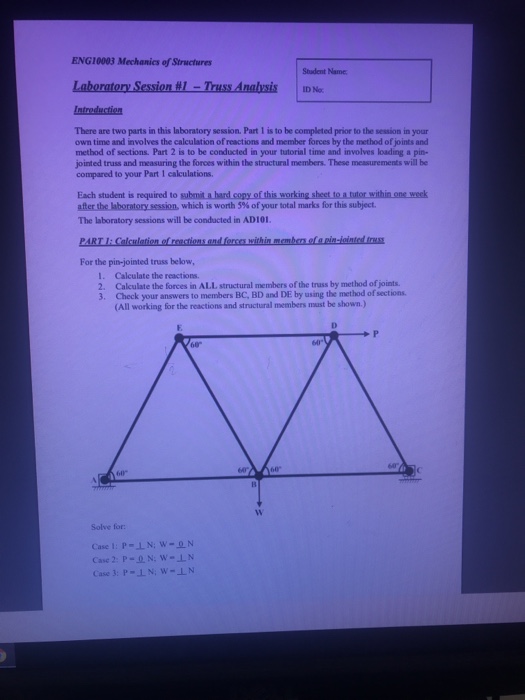Truss Analysis Lab Report
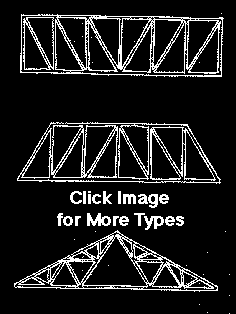
In the engineering term the truss is defined as the two force member where the members are so assembled that the.
Truss analysis lab report. Lab report for engineering lab 2. Civil engineering baa uploaded by. Slanting away from the middle of bridge span and as such compressive forces are generated in diagonal members. The method of joints is good if we have to find the internal forces in all the truss members.
Trusses are assumed to be pin jointed where the straight components meet for purposes of analysis. Bar 5 load p bar 6 load p 2 bar 7 load 0 707 p these are to checked by doing an analysis of the truss. This implies that the truss is subjected to various forces that may be tension compressional or both. This analysis is to be included as an appendix with the laboratory report handed in upon completion of the work.
The process each team within the lab will select a unique truss to investigate. Force in redundant truss full report table. In situations where we need to find the internal forces only in a few specific members of a truss the method of sections is more appropriate. The analysis of trusses often assume that loads are applied to joints only and not at intermediate points along the member.
To be completed prior to performing laboratory. A truss is made up of members joined together at the edges. 6 7 analysis of trusses. Trusses able to allows for the analysis of the structure uses a few assumptions and the application of newton s laws of motion according to branch of physics known as static.
Doc truss lab report abhishek chib academia edu academia edu is a platform for academics to share research papers. 1 methods of joints 2 methods of section 3 graphical the structure is explored and the forces on each member and joint are identified. Basically the ultimate goal of the lab project is measuring forces in truss members using strain gages as stated above trusses are mainly used for stiffening structures. The truss structure consists of members elements that takes only tension or compression and no bending moment in what so ever form.
6 p a g e methods of truss analysis. The weight of the member is often insignificant compared to the applied loads and so is often omitted.




